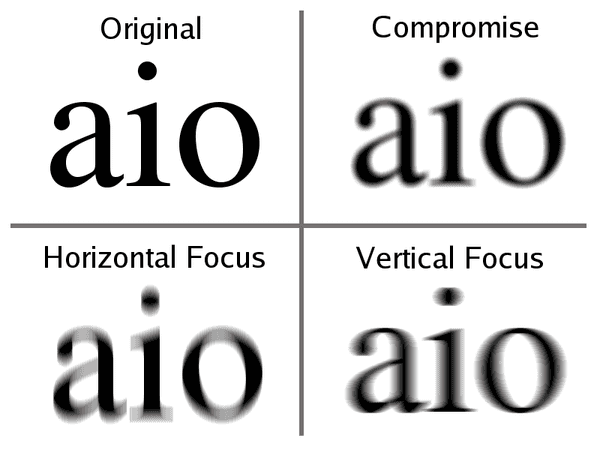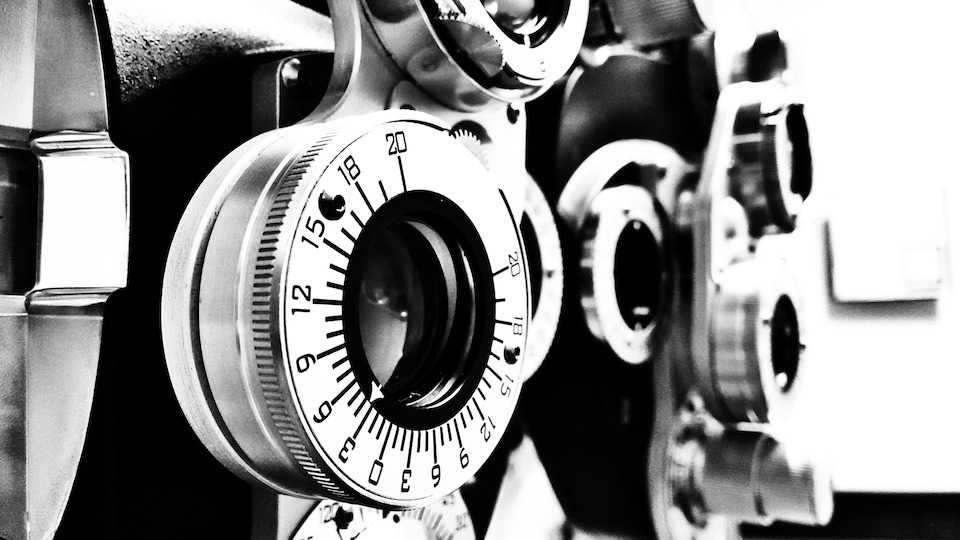What is Astigmatism?
Astigmatism always conjurs an intense anxiety in people. Many people recoil at just the mention of the word. But does astigmatism deserve the bad rap it gets?
Hyperopia (farsightedness) and myopia (nearsightedness) cause light to miss the retina - that's why things are blurry. Astigmatism is really kinda the same thing!
What Does Astigmatism Do To Vision?
Unbeknownst to many, astigmatism is actually quite common. Now, there is a large spectrum to astigmatism. Some individuals have a very microscopic level that they never really notice in their vision. Others, on the other hand, have much larger values which definitely need to be corrected for good vision. But what exactly does astigmatism do to vision?
Everyone's favorite way of describing astigmatism is that the eye is shaped like a football rather than a basketball. And that is pretty much true! In simple myopia and simple hyperopia, the cornea is shaped like a basketball.
_-_Dome_interior.jpg)
Basketball shaped, so no astigmatism; Image by Livioandronico2013, CC BY-SA 4.0, via Wikimedia Commons
Because of this, the image is equally blurry no matter what direction it comes from: up, down, left, right. With a cornea shaped like a football, this is different. With a cornea shaped like a football, focus from one direction may hit the retina while the focus 90 degrees away completely misses the retina! In effect, the overall image is distorted and blurred since only part of it hits the retina.
The most common thing that people notice with their astigmatism is blurry vision. The astigmatism is bending light out of focus on the retina. And when things go out of focus on the retina, things become blurry. Pretty simple. By correcting the astigmatism with glasses, contacts or surgery, the focus is restored back on the retina and objects sharpen back up.
But in addition to blurry vision, uncorrected astigmatism can actually distort images. Unlike normal nearsightedness or farsightedness, astigmatism works in a particular direction. Because of this, one side of objects can appear sharper than the side 90 degrees away. This distorts the image. The example below shows what happens to letters when the horizontal portion is the only part in focus or the vertical portion is in focus. In extreme cases, astigmatism even causes double vision!

Astigmatism blur; image by English: The original uploader was Tallfred at English Wikipedia. Português: O uploader original foi Tallfred em en.wikipedia, BSD, via Wikimedia Commons
This distortion can really mess with and strain the brain. We actually have a very fancy word in the eye world for eye strain called 'asthenopia'. That’s quite a jumble of a word but it encompasses non-vision related symptoms such as headache, fatigue and non-specific eye pain. The blurriness and the distortions from astigmatism can lead to additional eye strain and headaches for sufferers of astigmatism.
What a handful! Astigmatism really does quit a lot. But still, astigmatism isn't anything to worry about. In fact, the vast majority have some degree (typically a small amount) of astigmatism. So how come those people don’t run around talking about their astigmatism? Well, some do, but most others don’t because it’s corrected! There are many ways to correct astigmatism so that you can really enjoy your eyes.
See also The Simple Explanation of What Is Astigmatism on EyeMountain.com to learn more
Related Articles
Please note: The general information provided on the Website is for informational purposes only and is not professional medical advice, diagnosis, treatment, or care, nor is it intended to be a substitute therefore. See the Disclaimer and Terms of Use for more information
